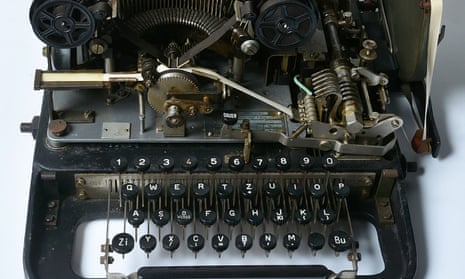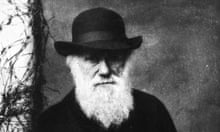For codebreakers with the allied forces, it was more important a discovery than the Enigma machine, offering encryption for the Nazi command that, when cracked, would hasten the end of the second world war and lead to huge breakthroughs in modern computing.
Less than 80 years later, for a thrifty woman in Essex, the “telegram machine” was little more than a dusty old gadget languishing in the garden shed.
But after an eagle-eyed volunteer with the National Museum of Computing (NMC) spotted an ad on eBay this week, the extremely rare, military-issue Lorenz teleprinter has been saved and provides the latest piece in international efforts to rebuild Hitler’s complete encoding device.
After finding the component on the online auction site, and receiving a long-term loan of the Lorenz SZ42 cipher machine from the Norwegian Armed Forces Museum in Oslo, the NMC is now looking for the final parts to restore the encoder to working order.
“To do that we have to replace some missing components, in particular the drive motor – and it’s the drive motor that’s our next quest,” said John Whetter, a volunteer engineer with the NMC.
Whetter and his colleagues are calling for people across the country to search their sheds and attics for the device, which looks like a small rugby ball with spindles poking out of either end.
It was just such a coincidence that led to the museum getting its hands on their Lorenz teleprinter, after they spotted it for sale. “I think it was described as a telegram machine, but we recognised it as a Lorenz teleprinter,” Whetter said.
They rang the seller and drove to down to Essex to take a look for themselves. “The person took us down the garden to the shed and in the shed was the Lorenz teleprinter in its original carrying case,” Whetter said. They snapped it up for £9.50.
But the true value of their purchase was yet to become clear. It was only after cleaning the machine at Bletchley Park, where the museum is based, that they found it was a genuine military issue teleprinter, complete with swastika detailing and even a special key for the runic Waffen-SS insignia.
Together with the cipher machine from Norway, the teleprinter almost completes the museum’s set of encryption, interception and decryption equipment, which will allow them to tell from beginning to end the tale of how the allies broke Germany’s secret codes.
Having heard the story of the teleprinter’s discovery on the BBC on Sunday, two former pupils of a school in Finchley, north London, have raised hopes of finding the drive motor. One said he would never forget seeing one on a cabinet in the the headmaster’s office while he was being caned.
Another said there had been a Lorenz machine in the head’s classroom. The NMC is chasing down the leads. More complex than the famous Enigma code, the Lorenz cipher could be broken only thanks to the mathematician Bill Tutte, who deduced the architecture of a Lorenz machine without ever having seen one.
Solving the problem also led to the creation of Colossus, the world’s first programmable computer, which Tommy Flowers, a Post Office engineer, invented to work out the wheel positions on the Lorenz encryption machine and reduce the time taken to decrypt messages from weeks to hours.
The decoding of the top-secret Lorenz messages is credited with shortening the war and saving countless lives. “It was the highest possible level of security used by the German high command,” Whetter said.
It was thanks to the breakthroughs by Tutte and Flowers that allied commanders could be certain Hitler’s high command had bought their bluff that the D-Day invasion force would be landing at Calais, rather than on the beaches of Normandy.
The museum is hoping to recreate the encryption and decryption process at a special event on Friday.








